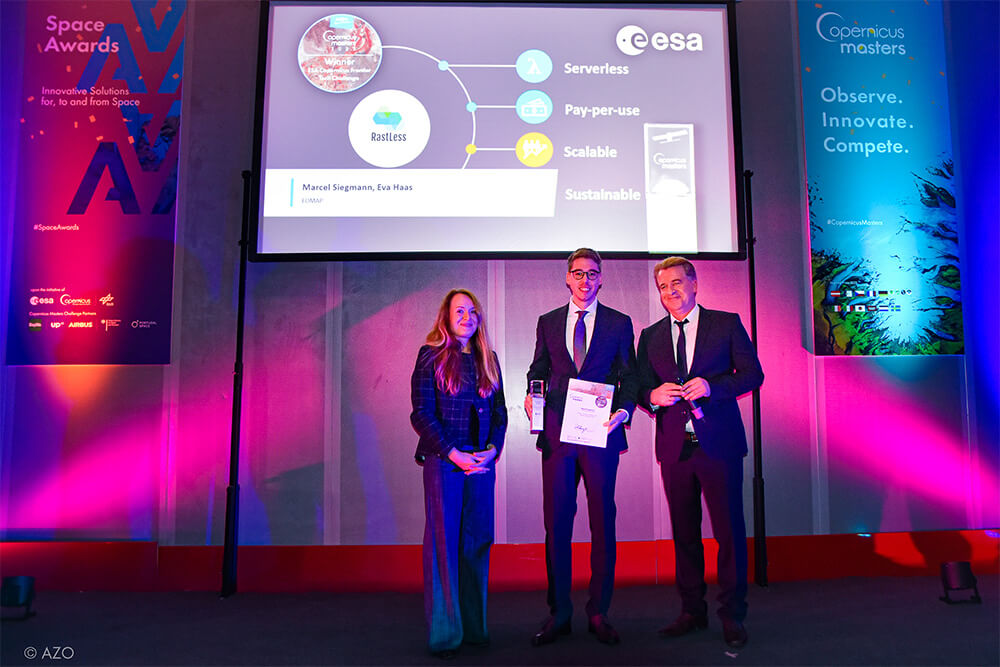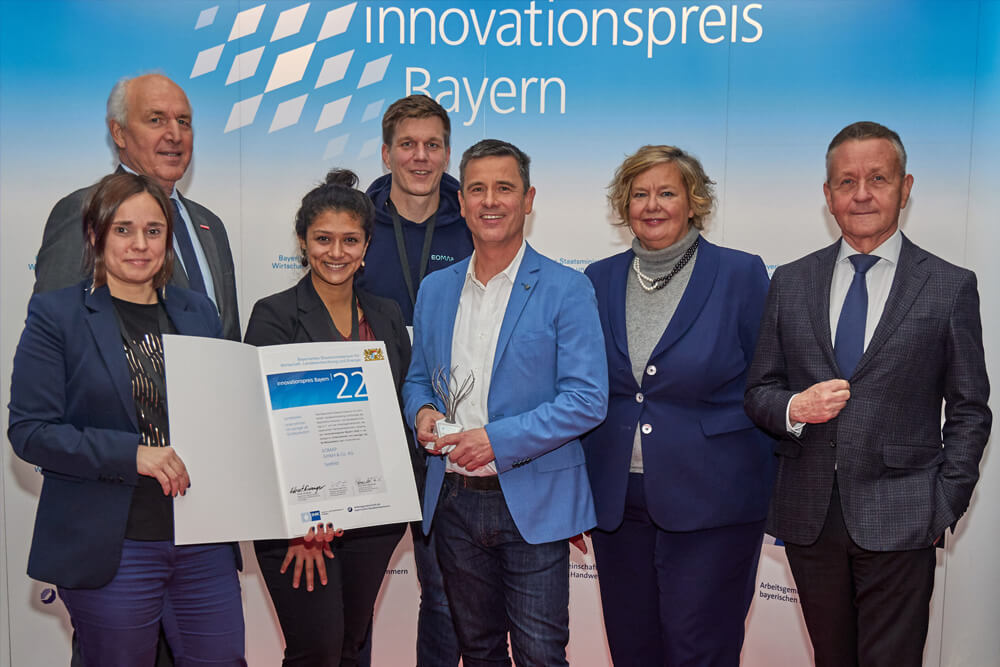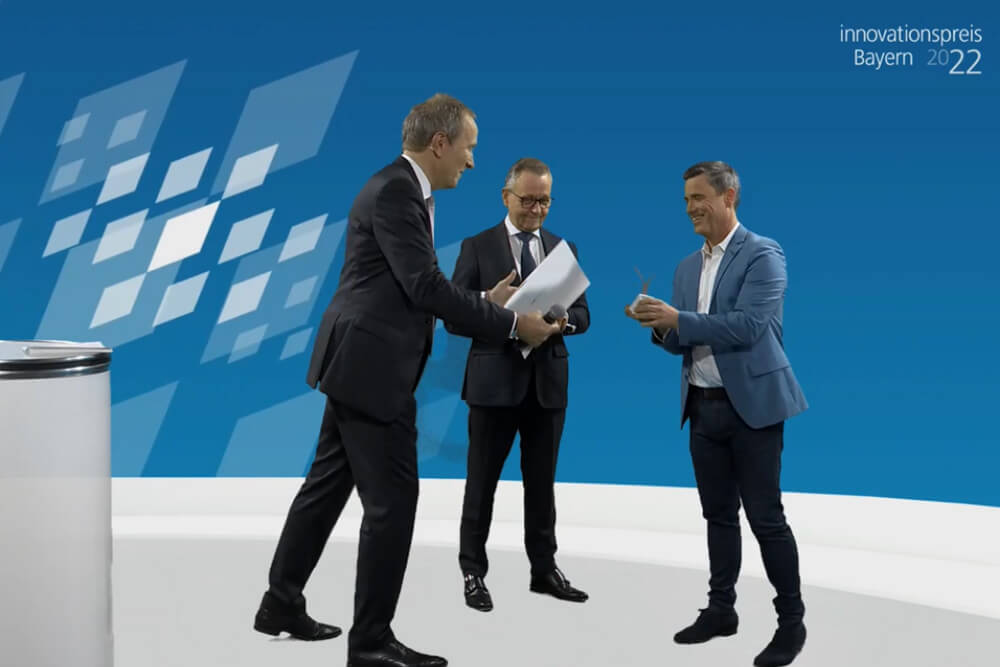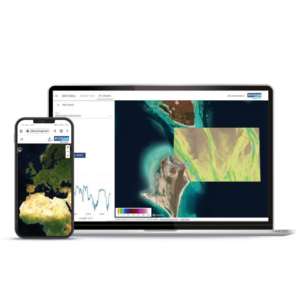





Harness satellite technology to sustainably manage the Arabian Gulf
Benefit from satellite-based services
Viewing the Arabian Peninsula from Space reveals key insights on the surrounding shoreline and coastal waters. We transform this satellite imagery into actionable information. By high-quality data and online solutions, we enable our partners to develop, manage and protect aquatic environments along the Red Sea and the Arabian Gulf. The target: A sustainable development of the GCC countries.
Get the data you need for the waters you manage via EOMAP monitoring solutions: Our data services, software and apps stand for quick, independent and cost-effective access to key water parameters. Let us empower you to keep an eye on coastal waters and thus increase project safety!
Trust the tech-leader in Satellite-Derived Bathymetry (SDB): Our award-winning technology allows to access shallow waters remotely. This reliable bathymetric data will strengthen your coastal planning, modelling or protection measures, while ensuring time and cost savings.
Hydrodynamic modelling is key to every phase of coastal zone management. We combine satellite with survey data to analyse shoreline and shallow waters. The result is a gridded, seamless 3-D-model of land and sea elevation.
Profound knowledge on seafloor and benthic cover helps protecting marine habitats. With EOMAP, you will enjoy detailed insights even into the most remote habitats. This data can also serve as baseline for coastal infrastructure projects or impacts of climate change.
Due to waves, currents and storms coastlines keep changing. Satellite data can unveil these coastal dynamics. EOMAP provides shoreline type and stability classifications as well as change monitoring of shoreline dynamics, allowing for gain and loss calculations. This not only shows erosion trends over time and allows for wise spatial planning. It also simplifies land recovery and resilience projects.
Key applications
Building resilient coastal infrastructure
Coastal development and building infrastructure needs reliable data to make them more resilient to climate change. But planning, design and construction projects also call for simple and quick data access. This is what satellite-based solutions by EOMAP offer – built on a fully physics-based method. Perfectly understanding that there’s no one-size-fits-all solution, we provide individual service. Plus important cost & time savings compared to traditional survey methods.
Protecting marine environment
Aquatic environments are fascinating living spaces. Our team shares this fascination and an in-depth knowledge of marine habitats. In addition, we understand the role of seagrass meadows, coral reefs and mangroves as important carbon sinks and warrants of coastal resilience. Satellite-based services, such as seafloor classification and benthic mapping are not only key for marine protection measures. They can provide valuable decision support for planners, developpers and investors in the GCC region.
Developing sustainable tourism
Counting +40 million visitors a year and +11.000 hotel facilities, the coastlines along the Red Sea and the Arabian Gulf remain highly attractive to tourists. This is why tourism development is high on the agenda of the GCC countries. We have a strong understanding of coastal development and the opportunities it offers. Satellite-derived information can be of immense value to sustainable spatial planning and urban development. In particular, details on bathymetry, seafloor properties and water quality allow for data-driven decision making.
Our Success Stories
Our Clients Speak
Water Quality from Space
Imagery in Layers: The images below show the coastline of Dubai, based on high-resolution satellite imagery of Planet Labs. Starting with a true colour satellite image on the very left, EOMAP analytics further show turbidity and Chlorophyll-a concentration around the projects “The Palm” and “The World”. The last image on the right is revealing harmful algae blooms (HAB). The so-called HAB indicator serves as an alert for potentially critical algae developments and is part of the online solution eoApp Water Quality.








Our Awards
Get in Touch with Us
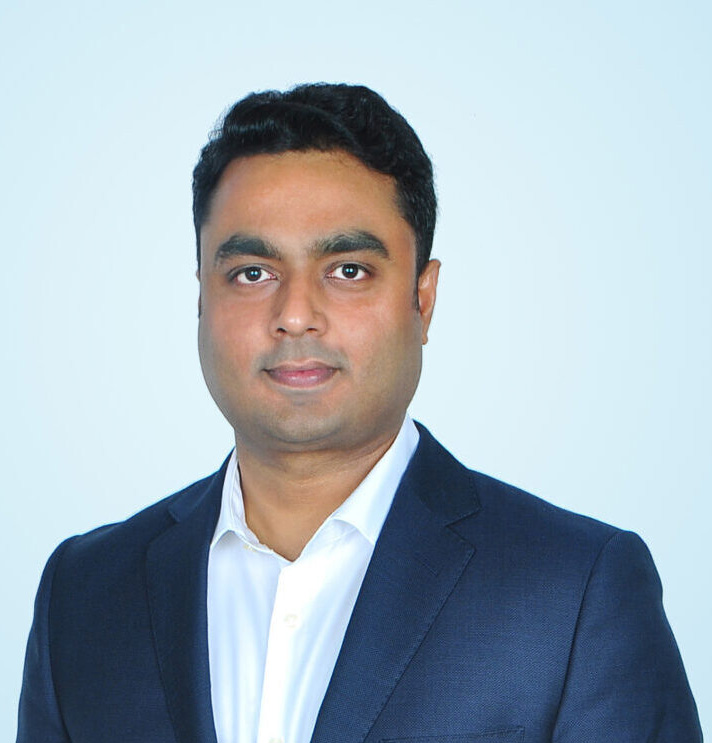
Rahul Sidharth
Director Middle East, EOMAP
Please contact our ambassador for the Middle East, who is based near Dubai. With 14+ years of experience in the geospatial sector, he has a strong understanding of market needs in GCC countries. Rahul is open for discussing any of your Earth Observation topics, strategic partnerships and more.
Gallery
Subscribe to ``Currents``
“Currents” is our newsletter service for the Middle East. Stay up to date on current developments in aquatic earth observation, our innovative products, and discover other insightful content. – Subscribe now and be part of EOMAP’s dynamic story!
* We don’t share your personal info with anyone. Check out our Privacy Policy for more information.
Thank you for visiting our Middle East landing page. For further insights and our global offerings, you can visit our global home page.


